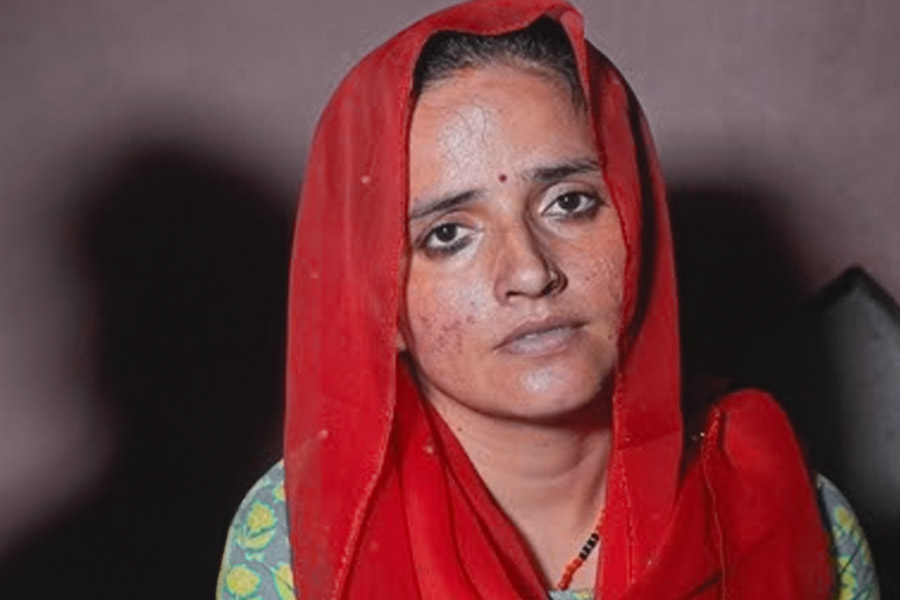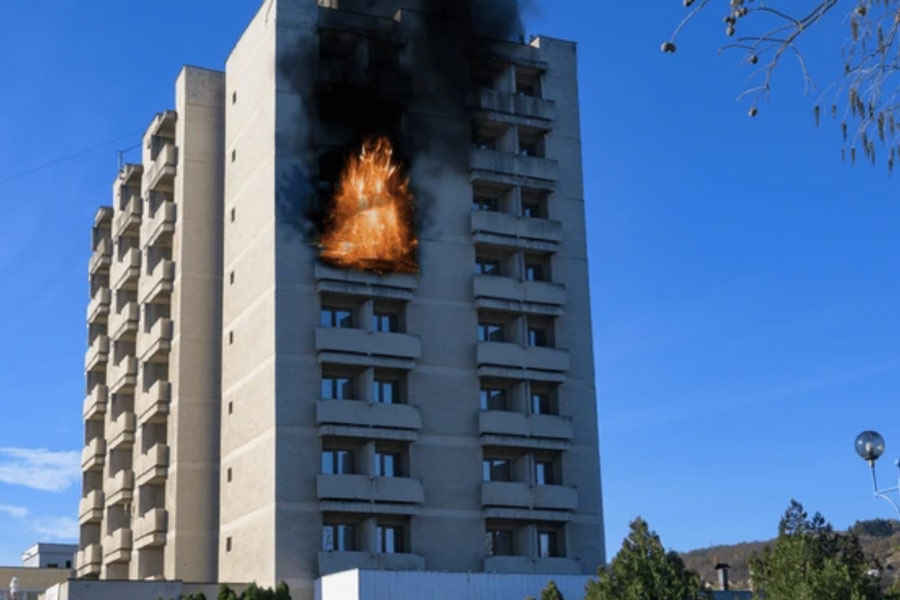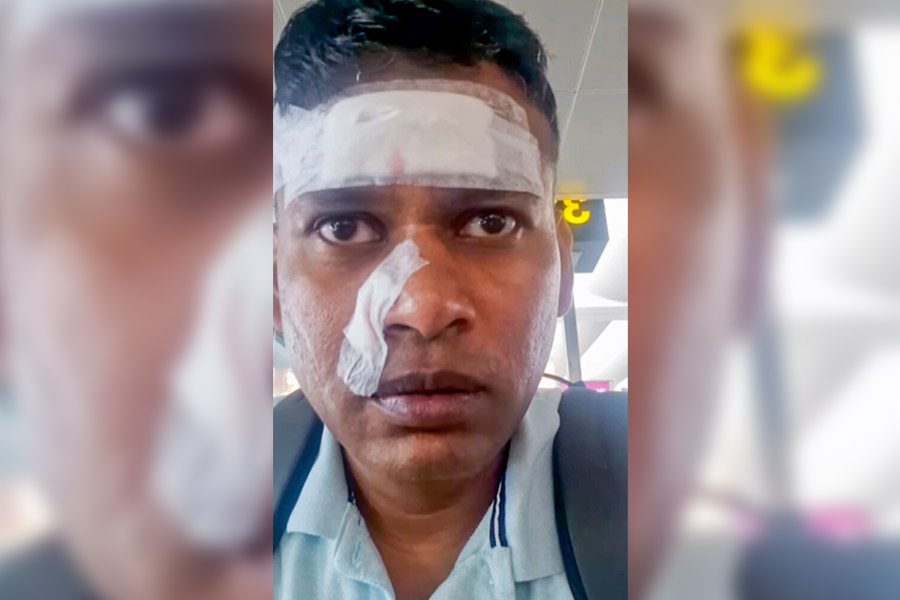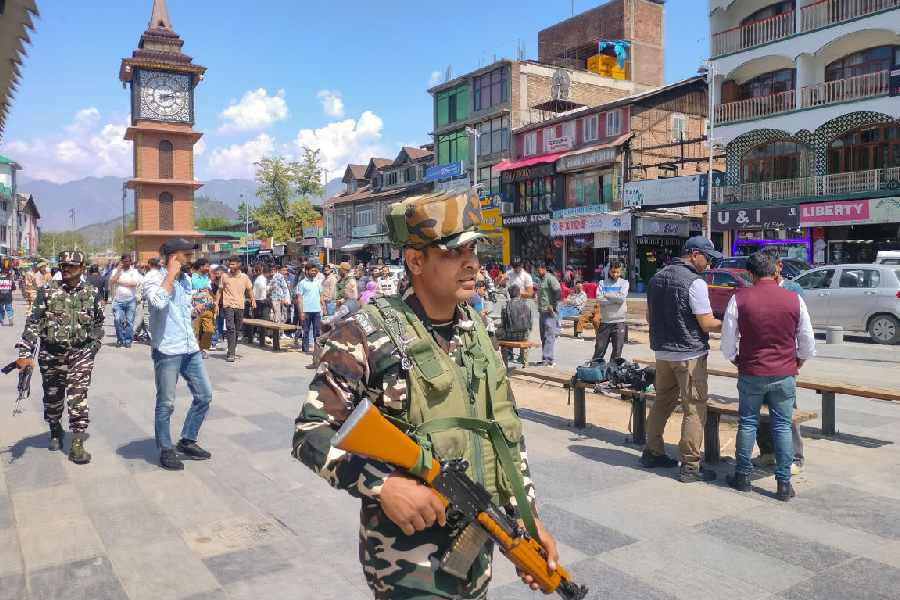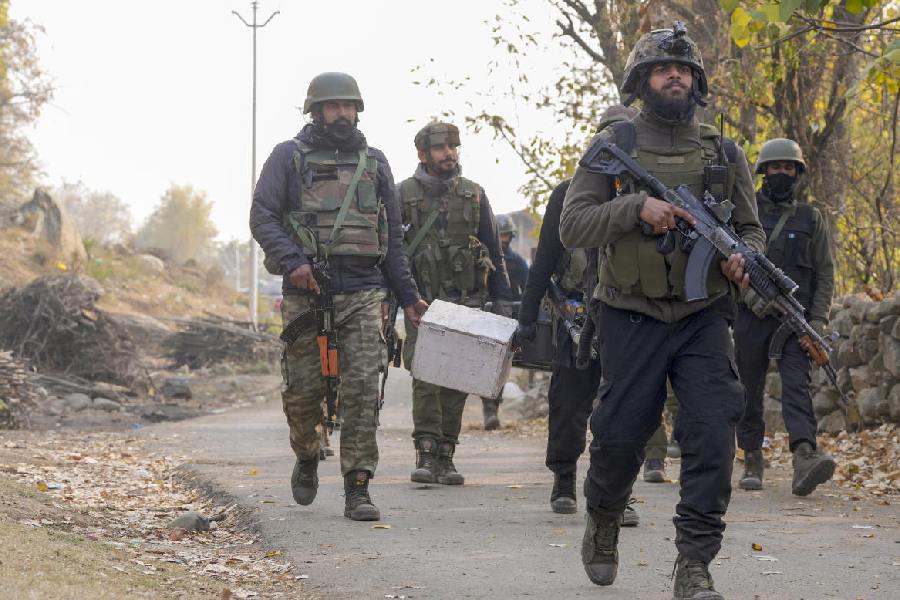 |
Salboni (West Midnapore), May 16: Salboni villagers would rather risk defusing the Maoists’ mines with untrained hands than risk the rebels’ anger by calling the police bomb squad.
In the past fortnight, the people of CPM-dominated Kashijora, Deulkunda and Bhursa have unearthed and defused about a dozen improvised explosive devices (IEDs) that were planted by the Maoists beside a 6km stretch of gravelled road or under culverts.
The villagers say they are afraid to inform the security forces lest they be branded “police informers” and killed.
Two 20-something men have been leading the villagers’ efforts at dismantling the crude mines, known as “challengers” in the local parlance. Dilip Bag and Bhupati Rana (names changed) are recent defectors from the Maoist-backed People’s Committee Against Police Atrocities.
“The Maoists had trained us last year to make such IEDs but did not teach us how to defuse them. However, we are defusing them using our experience and common sense. We are lucky that no accident has happened so far,” Dilip said.
The explosive devices are similar to the one used to target chief minister Buddhadeb Bhattacharjee’s convoy at Salboni in November 2008, a move whose consequences set off the Lalgarh agitation.
The mines are made by packing explosives such as ammonium nitrate and splinters (mostly nuts, bolts and ball-bearings) into iron pipes with one end sealed. They are detonated from a distance with flash guns.
Bimal Singha, 44, a day labourer from Kashijora and father of a 14-year-old school-going son, said the villagers had discovered the mines in the past one month.
“They were possibly planted earlier, when the area was under Maoist domination. After the Maoists and People’s Committee members moved out of these villages last month, we discovered these explosives. The rain had loosened the earth and exposed the mines with their wires,” said Bimal.
“We were scared because our children walk these roads. We discussed among ourselves and decided not to inform the police. Instead, we decided to take the responsibility of defusing the challengers ourselves. We are continually searching for these mines.”
The villagers have also detected three crude mines packed in milk cans and sealed with tapes with wires attached. They haven’t touched them. “We don’t know how to defuse them,” a villager said.
Memories are still fresh about how Utpal Bhakta, a bomb squad member, was killed when such a milk-can device blew up in his face as he tried to open it with a hammer and chisel at Jhitka forest in September 2006.
West Midnapore superintendent of police Manoj Verma said he knew what the villagers were doing.
“We have heard that the villagers are themselves defusing the explosives. Yes, the chances of an explosion lessen after one snaps the electrical wire, because it can no longer be detonated from a distance. Still, these are not common bombs; they are very dangerous explosives. I appeal to the villagers to inform the police so that experts can go and defuse them,” he said.
But the villagers say they don’t want the police to come, even with the live milk-can mines around.
The mines are the legacy of last year’s Lalgarh operation. After the joint forces took control of Lalgarh, some of the Maoists moved outside their former area of domination and took control of these three villages in August. They set up camps and shot dead eight CPM workers in the region.
Many CPM workers and supporters fled their homes and some others, like Bhupati and Dilip, joined the People’s Committee.
The CPM began fighting back to regain lost ground in December and, after a series of encounters, forced the Maoists to withdraw by mid-April. The likes of Bhupati and Dilip too were free to return to the CPM.


